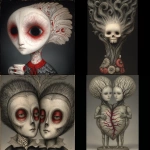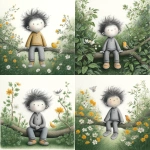Explore the Best AI Image Gallery
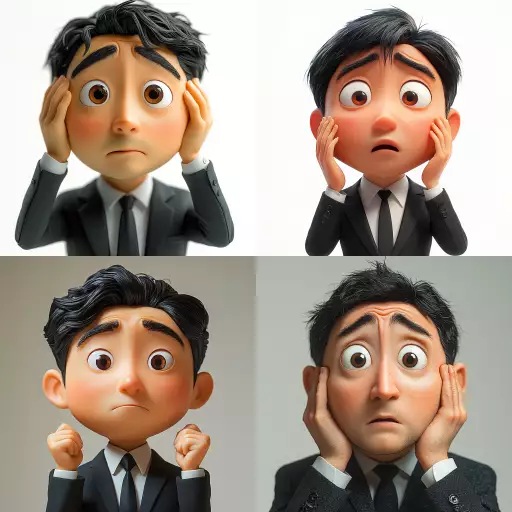
Pixels and Threads: How AI Image Creation Tools are Reshaping the Creative Industry
The realm of visual art has undergone a seismic shift with the advent of artificial intelligence (AI) image creation tools. These innovative technologies, capable of generating stunningly realistic and imaginative visuals from text prompts, are rapidly changing how we create, consume, and interact with art. From streamlining design processes to democratizing artistic expression, AI image generators present both exciting opportunities and complex challenges for the creative industry.
A Palette of Possibilities: Potential Uses of AI Image Creation Tools
- Design and Marketing: AI tools can generate diverse visuals for websites, social media, advertising campaigns, and product packaging, accelerating the design process and allowing for rapid iteration.
- Concept Art and Illustration: Artists can leverage AI to explore initial ideas, brainstorm compositions, and develop unique visual concepts, pushing creative boundaries and overcoming artistic roadblocks.
- Personalized Content Creation: AI can tailor images to individual preferences, generating personalized avatars, custom artwork, or unique visuals for specific events or occasions.
- Educational Resources: Students and educators can utilize AI-generated images to enhance learning experiences, visualize complex concepts, and create interactive visual aids.
Navigating the Ethical Labyrinth
While AI image creation tools offer immense potential, they also raise crucial ethical considerations:
- Copyright and Ownership: Questions arise regarding the ownership of AI-generated art, particularly when the output resembles existing copyrighted works. Establishing clear legal frameworks is essential to address these complexities.
- Bias and Representation: AI models are trained on vast datasets, which may contain biases reflecting societal stereotypes or inequalities. Its crucial to ensure that AI-generated imagery promotes inclusivity and avoids perpetuating harmful representations.
- Misinformation and Manipulation: The ability to create realistic fake images poses a significant risk of spreading misinformation and manipulating public perception. Addressing this challenge requires developing detection mechanisms and promoting media literacy.
The Future Canvas: Trends Shaping the AI Image Creation Landscape
The field of AI image creation is constantly evolving, with ongoing advancements shaping its future:
- Increased Accessibility: User-friendly interfaces and cloud-based platforms are making AI image generation more accessible to a wider range of individuals, empowering amateur artists and hobbyists.
- Enhanced Realism and Control: Continued research is pushing the boundaries of realism and control in AI-generated images, allowing for finer details, greater customization, and more nuanced artistic expressions.
- Multimodal Generation: Emerging trends explore generating images from various input modalities, such as text, audio, or even emotions, creating richer and more immersive experiences.
- Ethical Frameworks and Regulations: As AI image creation becomes increasingly prevalent, the development of ethical guidelines and regulations will be crucial to ensure responsible use and mitigate potential harms.
AI image creation tools are poised to revolutionize the creative industry, offering a dynamic canvas for artists, designers, and innovators to explore. By embracing its potential while navigating the ethical complexities, we can harness the power of AI to unlock new frontiers of creativity and visual expression.
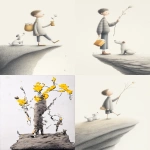

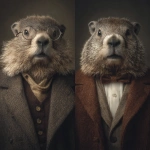
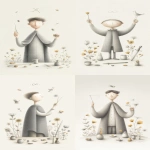
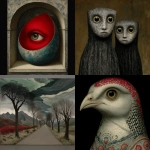
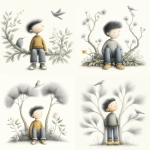
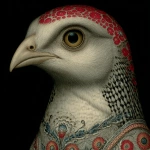
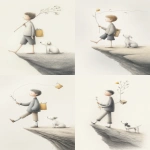
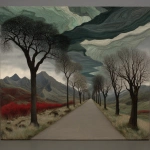
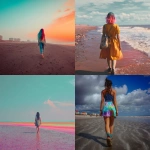


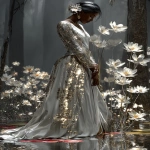
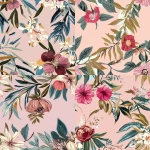
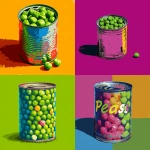
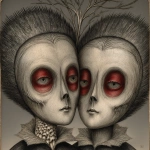
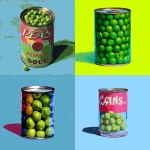

](https://images.ai-img.art/thumbnails/150/6a577517a359cd2bc6212d6b0f12c7cab660841317023550a76c84f409c7f2d0.webp)
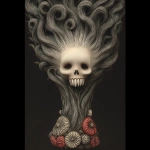


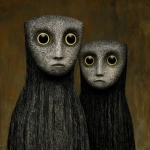
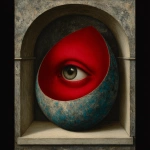
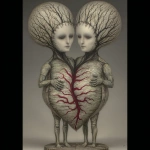
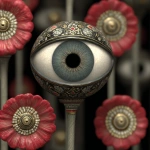


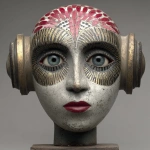
](https://images.ai-img.art/thumbnails/150/45237dfa7845159b860f9e234c48c4418e8efcb52b4d15da4493f46e6a99f337.webp)

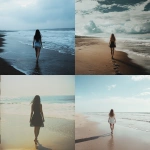

](https://images.ai-img.art/thumbnails/150/1b14bd827b740aca3b0d8efa7ed6865e28c7c8382172f3f565c96b6c5f64ca78.webp)

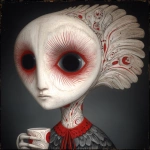
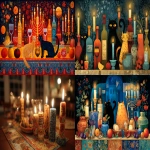
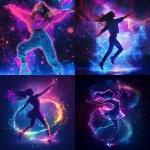
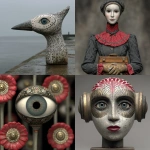
](https://images.ai-img.art/thumbnails/150/065f0b2e150f4cc43a9da80d822e8a385e9e50f2f6ff2cc3be7639cfd74952da.webp)
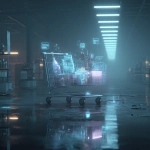

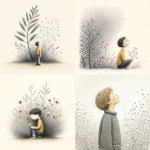
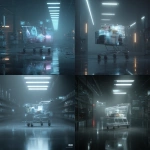
](https://images.ai-img.art/thumbnails/150/6a9bb97a3f1c45ab616724cc54bca010cbcc2d658a9c0e4581aa181c88046444.webp)



